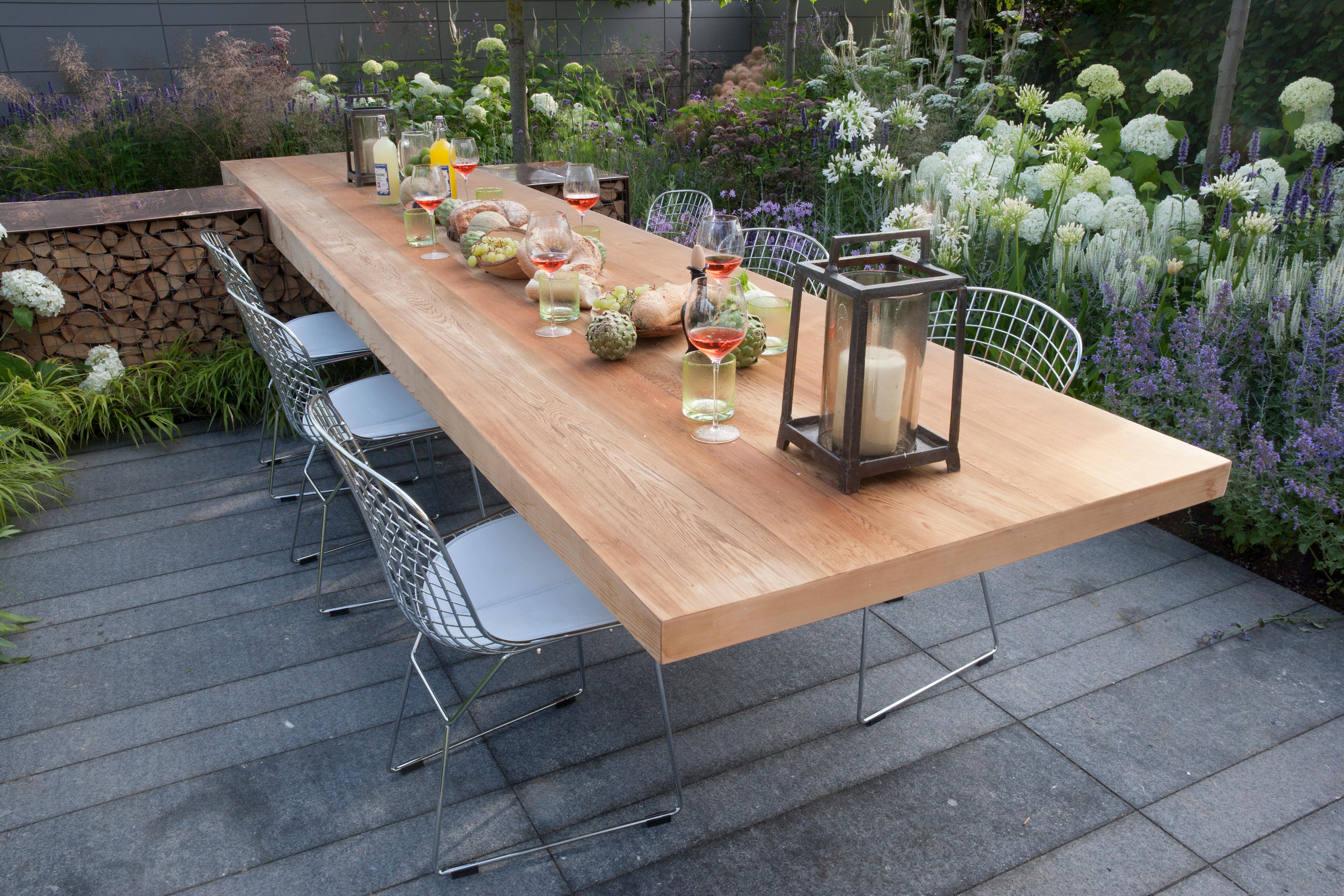How to make a small garden feel bigger
Mirrors, creating zones and carefully chosen furniture can all help, as experts tell Hannah Stephenson.

Your support helps us to tell the story
From reproductive rights to climate change to Big Tech, The Independent is on the ground when the story is developing. Whether it's investigating the financials of Elon Musk's pro-Trump PAC or producing our latest documentary, 'The A Word', which shines a light on the American women fighting for reproductive rights, we know how important it is to parse out the facts from the messaging.
At such a critical moment in US history, we need reporters on the ground. Your donation allows us to keep sending journalists to speak to both sides of the story.
The Independent is trusted by Americans across the entire political spectrum. And unlike many other quality news outlets, we choose not to lock Americans out of our reporting and analysis with paywalls. We believe quality journalism should be available to everyone, paid for by those who can afford it.
Your support makes all the difference.Those of us with urban gardens are used to small spaces – but how can we make our outdoor areas seem bigger?
If you want a sense of space, you may have to clear out your clutter, use vertical planting and be more mindful of the furniture you choose, say experts. Here are some tips…
1. Keep it simple
“To create the illusion of space in a small garden, it’s important to see your garden through a minimalist lens,” advises Furniturebox product developer, Laura Rich.
“Often we want to pack lots of features into our gardens – be that large shrubs and bushes or bulky pergola structures – but this will overcrowd a small garden. Keep it simple by incorporating a few purposeful elements and following a zoning plan,” she adds.
“Divide your small garden into two sections: a paved or light gravelled patio and a lush green lawn framed by elevated planters.”
2. Use vertical planting
“Further separate these areas by placing a divider between them to gradually reveal the garden and conceal its true size. Vertical planting is a great technique for this,” Rich suggests. “Fast-growing climbers or potted plants can be added to sturdy wooden divider frames, to naturally obscure the lawn from the patio.”
Leigh Barnes of Jacksons Fencing adds: “When evaluating your outdoor space, whether it’s a garden or balcony, any vertical space is often disregarded. The façade of your home, garden walls, garages, balconies, and fence panels can all be used to curate and extend exterior spaces.
“Living garden walls are a great way to fill bare, unused areas. This contemporary and vertical look helps create a greater sense of space and adds an element of ‘wow’ factor to a garden or balcony.”
3. Make way for climbers
Barnes says: “Consider investing in climbing plants. Supporting these plants with trellis, a wooden pallet or fence panels will do wonders for their growth and development.
“Choosing a semi-solid fence panel will encourage plants to grow up in between the pales. Trellis or Venetian fence panels work particularly well since the spaces allow vines to gradually intertwine and climb up between the slats to form a green screen.”
4. Add mirrors
Use accessories such as mirrors on your vertical space on your balcony to make it seem bigger through reflection, suggests gardening author and podcaster Ellen Mary, founder of People Plants Wellbeing and co-host of The Plant Based Podcast.
5. Choose garden furniture carefully
“People often worry about garden furniture looking bulky or taking up too much space in a small garden, but clever outdoor furniture arrangements can actually make your garden space feel larger and provide multipurpose outdoor hosting opportunities,” says Rich.
“Compact rattan furniture is my go-to for a light and breezy sense of summer. Specifically, open-weaved tub chairs paired with a small round bistro vibe table. These types of furniture are stylish and functional, fitting neatly on a patio without overcrowding your outdoor space,” Rich adds.
“A rattan egg chair placed on the lawn – ideally under a suntrap – is an effective individual alternative for a bulky pergola. The cacoon structure surrounds the chair, making for a cosy reading nook to be placed on the lawn throughout summer.”
6. Change levels
“Adding levels can help to give the impression of more space,” Barnes advises. He says installing a raised decking area not only provides a useable surface for entertaining year-round but it also allows for useful garden storage to be built in.
“Dividing a garden into sections and creating hidden areas or cosy hideaways will also make a limited area feel bigger. Decorate each segment with varied plants and garden furniture to differentiate each area.”
7. Look at the lines
The lines within your garden can impact the illusion of space, Barnes observes. Paying attention to the direction of the paving slabs or decking and the lines within the fence panel or the decking can impact the size.
“Installing these in a certain direction or shape can trick the eye by drawing it along the length of the garden no matter how short, giving the illusion of a larger garden.”
8. Make it lighter
Opting for plants, shrubs, flowers and garden furniture that are brightly coloured will ensure the garden appears lighter and bigger.
“Natural light will ensure the garden feels more spacious and open. Paint the garden walls white or cream to reflect light in all directions and immediately brighten up the space,” says Barnes.
Try to let in as much sunlight as you can, he adds. If the space is edged by trees, try pruning and thinning them (safely, of course) to let more light in. Or use fencing which allows sunlight in, such as Venetian fencing, whose horizontal pales let sunlight and air through, creating a modern aesthetic.